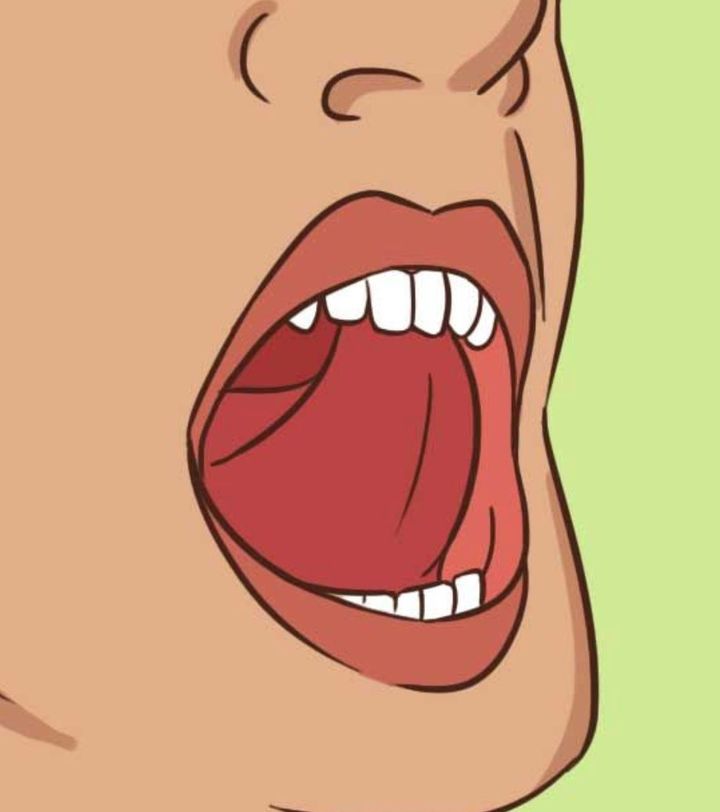Dr. Andrew Weil recommends doing this at least twice a day for only four breath cycles each. After the first month or so, you can increase to eight breath cycles each session.
“After two months, three months of regular practice, there are very significant changes that happen with the physiology. This lowers heart rate, it lowers blood pressure, improves digestion,” Weil says.
Other Tips and Tricks
You can help ease your way into better sleep with a few other tricks from Health and Huffington Post:
Keep a sleep log
Shutterstock
Make a note of how much caffeine you drink during the day (and when), how much exercise you get, what you eat and when you go to bed and wake up. You may be able to spot correlations (like too much caffeine before bed) and adjust accordingly.
Keep it cool
Shutterstock
Turn the temperature down. Many people fall asleep faster if their rooms are colder. Try setting your thermometer to 65 degrees F (about 18 degrees C) or snag a cooling mattress.
Get moving
Shutterstock
If you can’t fall asleep, get up and move for a few minutes. Sometimes the anxiety of not being able to fall asleep makes it harder to fall asleep.
Put away your screens
Shutterstock
Skip the TV and phone, though; the bright screens could keep you awake.
Turn on quiet music
Shutterstock
Keep the music slow and quiet. Listening to classical music an hour before bedtime can make it easier to fall asleep (whether it’s from boredom or relaxation, the outcome is the same).
Note: If you suffer from chronic sleep deprivation, you should speak with a medical professional, as it could be a symptom of something more serious.

